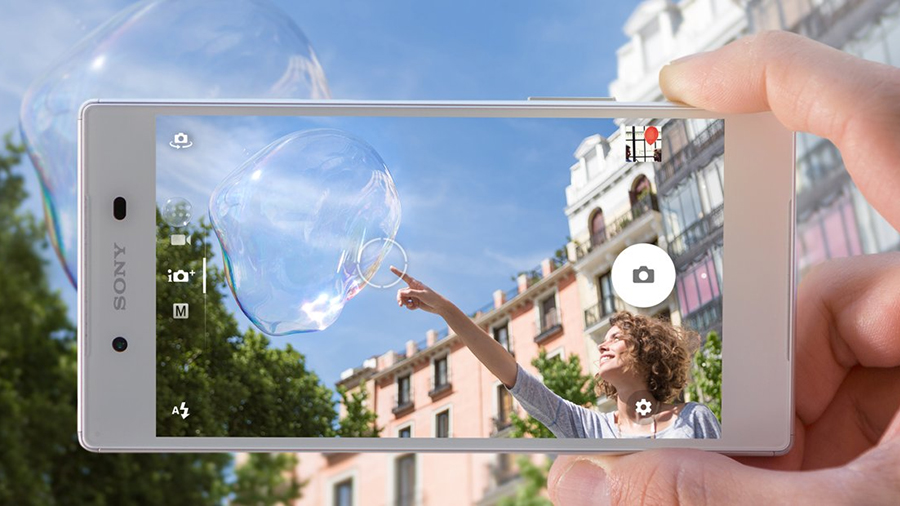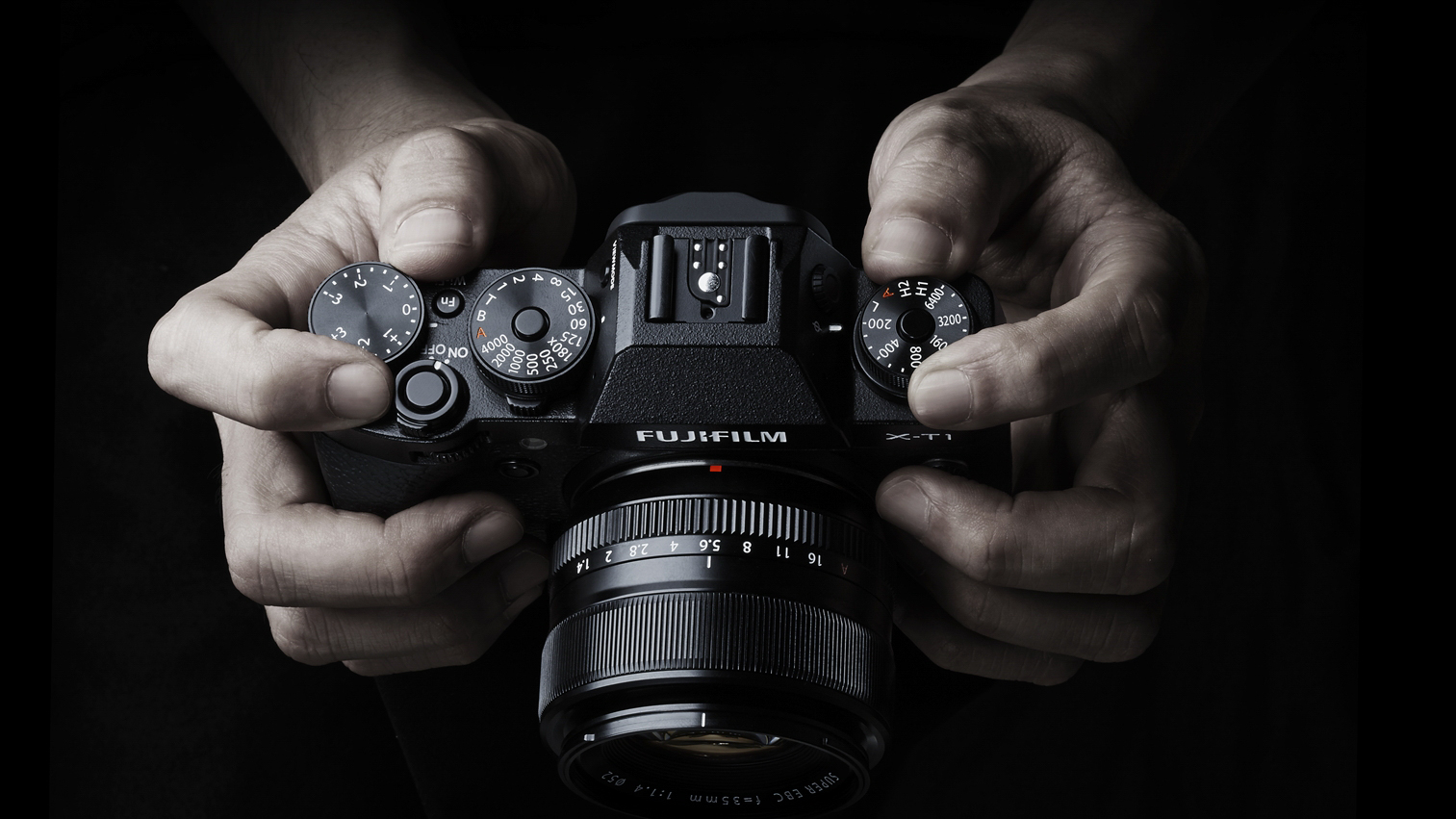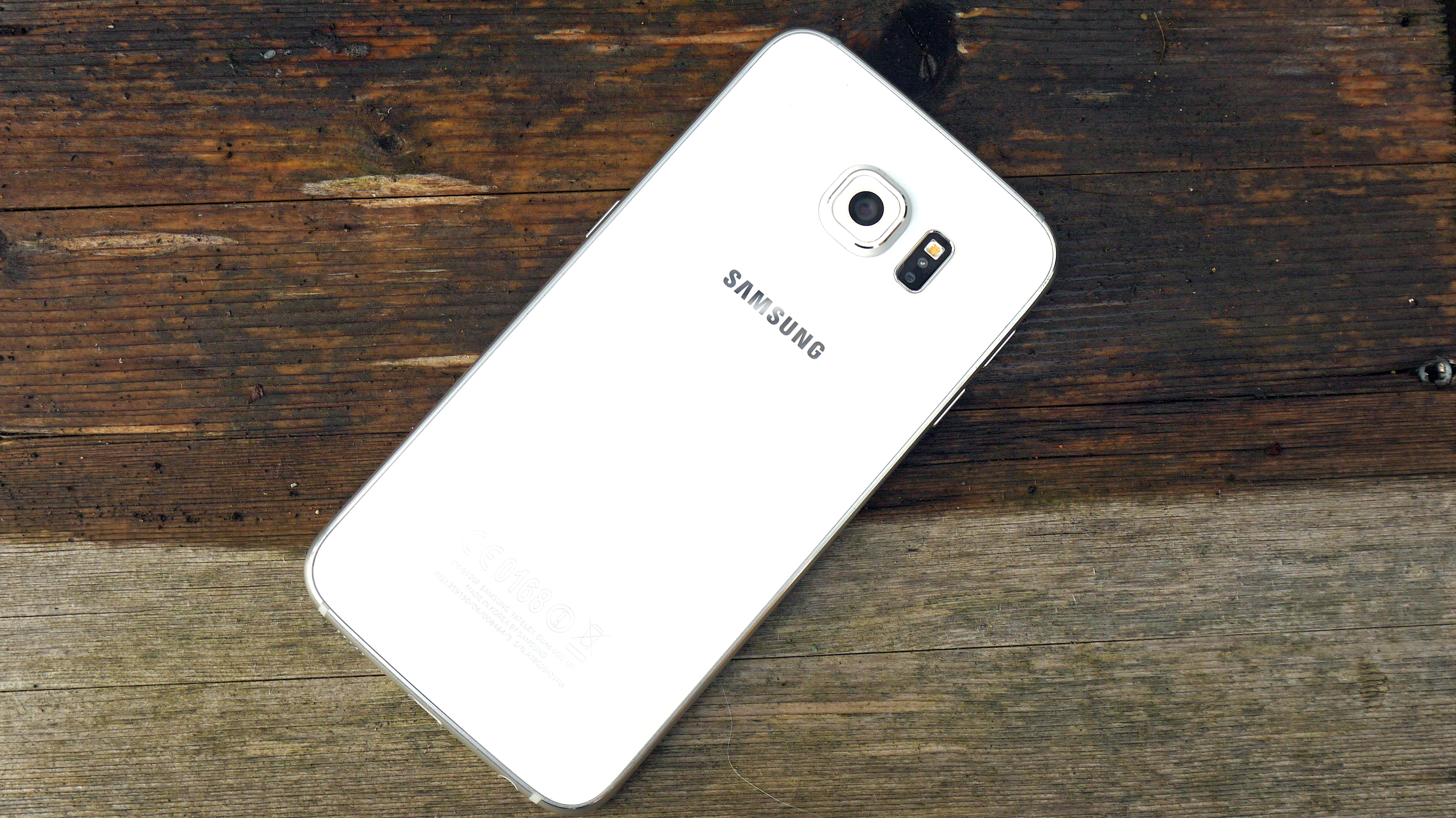Can You Beat Speed Radars Or Speed Cameras
It's pretty much common knowledge that your smartphone isn't going to be able to snap pictures that are as skillful every bit those from a dedicated digital camera.
Here we'll nowadays some of the differences between the ii class factors and explain how the physical limitations of a smartphone count confronting it - every bit well as look at some of the ways around those restrictions. It should help yous determine which type of gadget to take on your next run a risk.
- xv best smartphones 2015: our pick of the very all-time phones you tin can buy today
Smartphone constraints

Smartphones exercise a fantastic job of packing some high-finish electronics into a very minor space, but when it comes to the camera - every bit with the internal processor and storage - manufacturers have to sacrifice some power as a result. Both the sensor (inside a camera) and the lens (fitted in front of the sensor) have to exist shrunk to fit within a smartphone.
Smaller camera sensors lead to more racket in the epitome, a problem that'south exacerbated when at that place isn't much light to play with (that's why a digital camera becomes even more useful in a darkened room). A larger sensor is able to let in more than light, but the size of these components are severely restricted in the smartphones of today.
Megapixel counts have often been used as a rough-and-ready guide to how expert or bad a particular camera is, although at this stage in the game, and a larger sensor means more megapixels and a bigger motion-picture show - a full-frame DSLR might have a sensor some 30 times larger than the 1 on an average smartphone (Canon'south latest is able to capture images xxx times the size of 4K video).
A result of larger lenses and sensors being able to let in more than light is that images tin can exist captured more quickly too. That'due south why you don't see sports photographers carrying around cheap betoken-and-shoot cameras or smartphones: by the time they've 'seen' what'due south happening, the scene has changed, and it'due south another benefit of using a dedicated camera.
Transmission controls and zoom

More space inside the device means more control over lens settings besides. All of those juicy camera settings you can get at in high end cameras - shutter speed, discontinuity, white rest, ISO settings and so on - typically aren't available on a smartphone (although they can be accessed in limited form on some of the high-end ones).
Then there's the zoom: your smartphone photographic camera lens evidently can't extend forwards and backwards like the one on a dedicated device, and then y'all're stuck with digital zoom (which is just like zooming into a picture in an imaging editor plan). While the best smartphones have sensors as good equally inexpensive point-and-shoot cameras, optical zoom is one area where they however lag behind, because at that place'south no extra room to play around with.
And once you get up to more expensive cameras and DSLRs, the difference from a smartphone becomes even more pronounced and noticeable. Of form the high-finish cameras have interchangeable lenses for extra zoom or a wider angle, a luxury you lot don't take on a smartphone (unless y'all invest in something similar the Olloclip).
More expensive cameras likewise offer better flash capabilities - more calorie-free that'southward better focused - and they're better at correcting epitome shake also (another outcome of those larger sensors and more than space inside the device). Some loftier-end phones exercise now offer a bones level of optical paradigm stabilisation, including the iPhone 6 Plus, and then progress is being made.
Future technology

A lot of these problems are fairly intractable: it's difficult to epitome super-zoom lenses ever being fitted inside something as thin every bit the Samsung Galaxy S6, for case. At the same time the last 20 years of technological innovation have taught usa that a lot tin change very quickly, and manufacturers are working hard to invent superior optics and new types of lenses to make smartphone cameras ameliorate than always.
You'll find a lot of phone reviews looking at photos captured in proficient light outdoors, and that'due south where mobiles can really give the dedicated devices a run for their money. Equally soon as you need some kind of zoom or wide-angle feature, or need decent shots with less-than-perfect lighting atmospheric condition, they tin starting time to run into trouble.
If you read up on some of the innovations being fabricated in smartphone applied science, yous can encounter that the gap is closing - Apple tree's iPhone 6, for example, uses dedicated on-sensor pixels to determine focus distance, pregnant it tin can focus twice as fast as the iPhone that came earlier it. That brings the handset much closer to the territory of a defended camera.
Then there'due south the newly unveiled Sony Xperia Z5 serial of smartphones, which the manufacturer promises offer the best cameras withal in a mobile device. Thank you to some advanced epitome processing and some new lens optics, these phones promise to tackle all of the main issues with smartphone photography: zoom, autofocus and depression-light performance. While a lot of these improvements are in software rather than hardware, it shows telephone makers won't stop in trying to get smartphone photos to be the all-time they tin be.
Also don't forget to check out our favourite Apple events, plus our thoughts on the hereafter of the iPhone
Source: https://www.t3.com/features/why-your-smartphone-camera-cant-beat-a-digital-camera
Posted by: patelstemed1965.blogspot.com

0 Response to "Can You Beat Speed Radars Or Speed Cameras"
Post a Comment